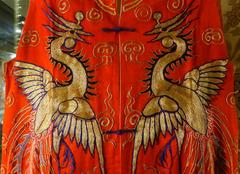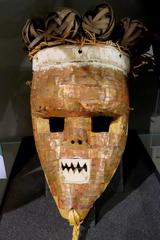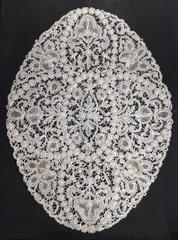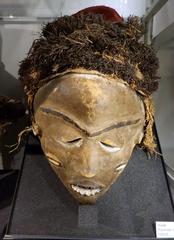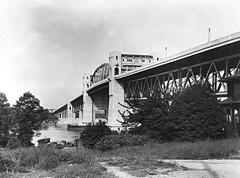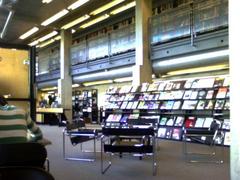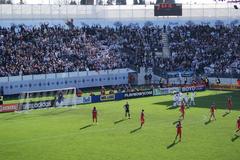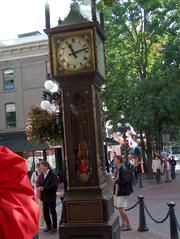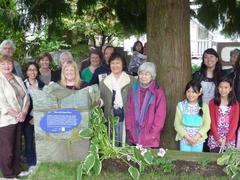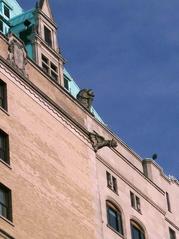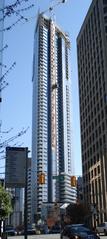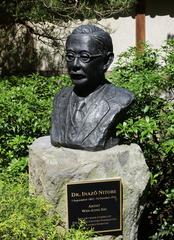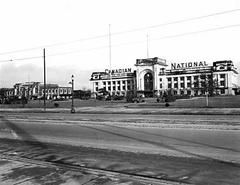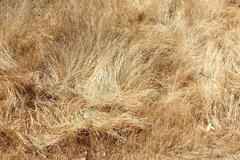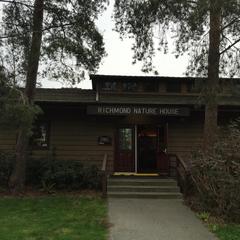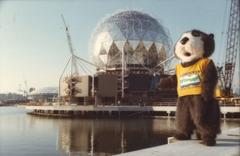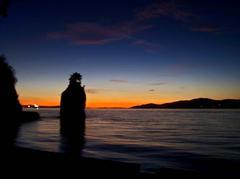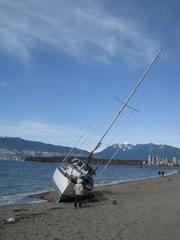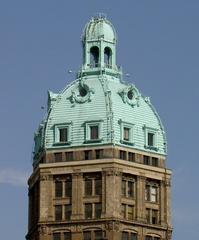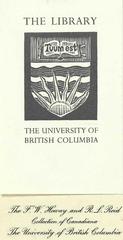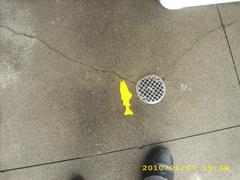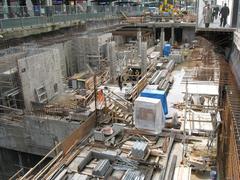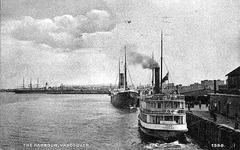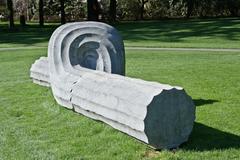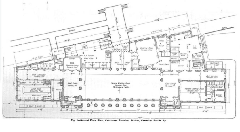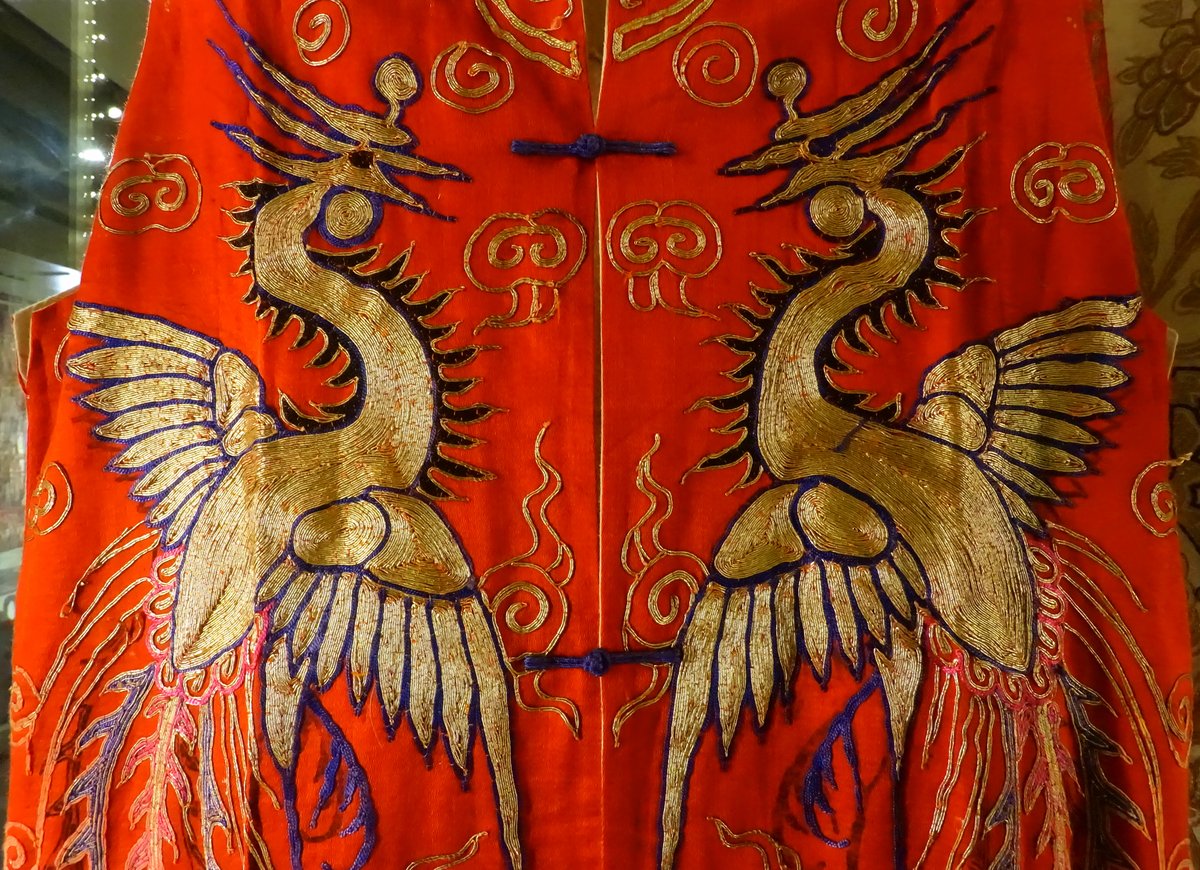
Museum of Anthropology at UBC: Visiting Hours, Tickets, and Vancouver Historical Sites Guide
Date: 14/06/2025
Introduction
Located on the traditional, ancestral, and unceded territory of the Musqueam people, the Museum of Anthropology (MOA) at the University of British Columbia (UBC) is a world-renowned cultural destination in Vancouver, Canada. Since its founding in 1976, MOA has grown into a leading institution for the preservation, study, and celebration of Indigenous cultures from the Pacific Northwest Coast, as well as diverse global communities. Designed by Arthur Erickson, MOA’s architecture harmoniously blends modernist forms with Indigenous influences, offering a unique journey from the forested UBC campus to panoramic views of the Pacific (MOA UBC; Archeyes).
MOA’s mission is guided by respect, inclusivity, and collaboration, with a particular emphasis on partnerships with Indigenous communities. Its extensive collections—over 50,000 ethnographic objects and more than 535,000 archaeological artifacts—include monumental totem poles, carved house posts, and artifacts from around the world (MOA About; WhichMuseum). MOA actively supports Indigenous rights and community-led initiatives, aligning its programs with the United Nations Declaration on the Rights of Indigenous Peoples (UNDRIP) (MOA Indigenous Access + Engagement).
With accessible facilities, guided Indigenous-led tours, and engaging exhibitions like “Nuxalk Strong,” MOA offers an immersive cultural journey. Whether your interest lies in architecture, Indigenous heritage, or global art, MOA is an essential Vancouver historical site (MOA official site; Vancouver Planner).
Museum of Anthropology at UBC: Historical Evolution
Founding and Early Vision
MOA was conceived in the early 1970s to serve both as a public museum and an academic center for research and teaching, focusing on the First Nations of British Columbia and global cultures. Its site—on Musqueam territory overlooking the mouth of the Fraser River—was chosen for its cultural and natural significance (MOA UBC; Archeyes).
Collection Development and Cultural Partnerships
With over 50,000 ethnographic objects and 535,000 archaeological artifacts, MOA is among Canada’s foremost repositories of Indigenous and world heritage. The museum has shifted from colonial collecting practices to collaborative partnerships with Indigenous communities, actively supporting repatriation and capacity-building programs (Montecristo Magazine).
The Great Hall Renewal and Seismic Upgrades
In 2024, MOA completed a $40-million renewal of its iconic Great Hall, incorporating seismic safety and revitalizing the landscape in partnership with the Musqueam. The renewal honored Erickson’s vision while ensuring structural longevity (Wallpaper; Montecristo Magazine).
Architectural Significance
Erickson’s Design Philosophy
Arthur Erickson’s design is a masterful convergence of modernism and Indigenous architectural heritage, utilizing concrete, glass, and wood to integrate the museum with its natural surroundings. The journey through the building mirrors a transition from forest to sea (Archeyes; Montecristo Magazine).
The Great Hall
The Great Hall, inspired by Northwest Coast longhouses, features monumental posts and beams, floor-to-ceiling windows, and displays of totem poles and house posts. The recent seismic upgrade maintained the hall’s iconic openness and light (Wallpaper).
Integration with Indigenous Worldviews
The museum’s design and landscape upgrades foster continuity between the built environment and Indigenous cultural contexts. Collaborations with the Musqueam have further enhanced the ecological and cultural authenticity of the grounds (Montecristo Magazine).
Mission, Vision, and Commitment to Indigenous Collaboration
MOA’s mission is to foster awareness of culturally diverse worldviews through innovative partnerships and programs, particularly with Indigenous communities (MOA About). Supporting UNDRIP, MOA prioritizes the rights of originating communities to maintain and control their heritage (MOA Indigenous Access + Engagement).
Indigenous Access & Engagement
- Collections Access: Indigenous communities have direct access to their cultural materials.
- Native Youth Program: Summer programs for Indigenous youth to foster cultural pride.
- Internships: Training Indigenous museum professionals (MOA Programs).
Cultural Significance and Educational Leadership
MOA is recognized for its significant collections of Northwest Coast art and global ethnographic objects, serving as a bridge between Indigenous and world cultures (WhichMuseum). The Great Hall, outdoor Haida houses, and totem poles immerse visitors in the living traditions of Indigenous peoples (WhichMuseum Review).
As a UBC institution, MOA advances research and education through the Laboratory of Archaeology, the Audrey and Harry Hawthorn Library and Archives, and school and public programs (MOA About; MOA Events + Tours).
Ethical Stewardship and Conservation
MOA is committed to ethical stewardship, maintaining transparent policies and community consultation for the care and interpretation of sensitive cultural materials (MOA Collections).
Community Engagement and Public Programs
MOA offers:
- Cultural Interpreter Tours: Included with admission, offering in-depth perspectives.
- Special Exhibitions: Examples include “Nuxalk Strong,” “Rebecca Belmore at the Museum of Anthropology,” and “Ḵaḵaso’las—Ellen Neel and the Totem Carvers” (MOA What’s On).
- MOA Stories: Collaborative storytelling projects (MOA Stories).
The MOA Collection: Scope and Signature Spaces
The Great Hall
The museum’s centerpiece, the Great Hall, displays monumental works by Musqueam, Haida, and other First Nations, framed by panoramic glass walls and natural light (Tour by Transit; Visit UBC).
Multiversity Galleries
Over 9,000 objects from around the world are presented with digital kiosks for in-depth exploration (Vancouver Attractions; MOA official site).
Other Galleries
The Audain and O’Brian Galleries feature major temporary exhibitions, while the outdoor grounds include reconstructed Haida houses and Musqueam welcome posts (Vancouver Planner).
Must-See Highlights
- Bill Reid’s “The Raven and the First Men”: A cedar sculpture depicting Haida creation stories (Visit UBC; Suites at UBC).
- Monumental Totem Poles and House Posts: Both indoors and on the museum grounds.
- Musqueam Welcome Plaza: Marked by artworks honoring the host community (Vancouver Planner).
Special and Rotating Exhibitions
- “Nuxalk Strong: Dancing Down the Eyelashes of the Sun” (Feb 21, 2025 – Jan 5, 2026): Highlights the Nuxalk Nation’s sovereignty and cultural revitalization (MomMomOnTheGo).
- Recent exhibitions include “Rebecca Belmore at the Museum of Anthropology,” “We Come From Great Wealth,” and “Ḵaḵaso’las—Ellen Neel and the Totem Carvers” (MOA official site).
Global Collections: Beyond the Northwest Coast
MOA’s holdings span Asia, Oceania, Africa, Europe, and the Americas, with significant Oceanic and Wixáritari (Huichol) collections (Vancouver Planner; MOA official site).
Research, Archives, and Digital Access
The Audrey and Harry Hawthorn Library + Archives and digital resources—including virtual tours and searchable databases—support research and public engagement (MOA official site; MOA Virtual Tour).
Visitor Experience: Practical Information
Visiting Hours
- Monday to Sunday: 10:00 AM – 5:00 PM
- Closed: December 25, January 1, and Mondays (Oct 15–May 15)
- Extended Hours: Thursdays until 9:00 PM (check MOA official site for updates)
Tickets & Admission
- Adults: $18–$26
- Seniors/Students: $12–$23
- Youth (6–18): $9–$13
- Children under 6, Indigenous visitors, UBC students/staff, and MOA members: Free
- Thursday evenings after 5 PM: Half-price admission
Purchase tickets online or at the entrance.
Location & Getting There
- 6393 NW Marine Drive, Vancouver, BC V6T 1Z2
- Accessible by TransLink bus routes 4, 14, 44, and 99; paid parking available (Artsy Traveler).
Accessibility
Wheelchair accessible facilities, elevators, accessible washrooms, and service animal accommodation. For detailed info, visit MOA Accessibility.
Guided Tours
Free Indigenous-led Cultural Interpreter tours are included with admission (MOA official site).
Amenities
- MOA Shop: Indigenous art and gifts.
- Cedar Café: Light meals and refreshments.
- Free Wi-Fi: Via UBC Visitor network.
- Lockers: Small lockers available; large bags are not permitted in galleries.
Indigenous Cultural Experiences at MOA
- Indigenous-Led Tours provide cultural context directly from knowledge holders.
- Current Exhibitions like “Nuxalk Strong” highlight living Indigenous cultures.
- Events & Workshops: Regularly scheduled, featuring Indigenous artists and elders.
Unique Features
- Reconciliation Pole: Carved by James Hart, symbolizing commitment to reconciliation.
- Indian Residential School History and Dialogue Centre: Adjacent to MOA, offering educational resources and survivor testimonies.
Outdoor Installations and Museum Grounds
The museum grounds feature monumental totem poles, recreated Haida houses, and a reflecting pool, providing a powerful context for Northwest Coast art (Vancouver Planner).
Practical Tips
- Plan ahead: Purchase tickets online.
- Photography: Allowed in most spaces; respect posted signage.
- Respect protocols: Some artifacts have specific cultural restrictions.
- Support Indigenous artists: Shop at the MOA store.
- Combine your visit: Explore nearby UBC attractions, parks, and beaches.
Frequently Asked Questions (FAQs)
Q: What are MOA’s opening hours?
A: 10:00 AM – 5:00 PM daily; closed December 25, January 1, and Mondays (Oct 15–May 15).
Q: How do I purchase tickets?
A: Tickets are available online and at the entrance.
Q: Are Indigenous-led tours included?
A: Yes, Cultural Interpreter tours are included with admission.
Q: Is MOA wheelchair accessible?
A: Yes, with full accessibility features.
Q: Can I take photos?
A: Yes, except where restricted for cultural reasons.
Q: What’s the best way to get there?
A: By public transit (routes 4, 14, 44, 99) or car; parking available on-site.
Summary and Recommendations
The Museum of Anthropology at UBC is a vibrant institution dedicated to honoring Indigenous heritage, advancing ethical museum practices, and fostering intercultural dialogue. Its renowned collections, architectural significance, and dynamic programming make it a cornerstone of Vancouver’s cultural landscape. To maximize your visit, purchase tickets in advance, join an Indigenous-led tour, and explore both indoor and outdoor installations. Stay updated via MOA’s website and social media, and consider downloading the Audiala app for enhanced experiences.
Begin your journey at MOA—where Indigenous voices, art, and history come alive (MOA official site; Montecristo Magazine).
References and Further Reading
- MOA UBC: The Great Hall Renewal Project
- MOA UBC: Indigenous Access + Engagement
- MOA official site – FAQ
- MOA official site – Home
- Wallpaper: MOA Great Hall Renewal
- Montecristo Magazine: MOA Reopens
- Archeyes: Erickson’s Tribute to Indigenous Heritage
- WhichMuseum: MOA Profile
- Suites at UBC: Visiting MOA
- MOA Virtual Tour
- Tour by Transit: MOA
- Visit UBC: Museum of Anthropology
- Vancouver Attractions: MOA
- Vancouver Planner: MOA
- MomMomOnTheGo: Nuxalk Strong Exhibition
- Artsy Traveler: Why You Should Go to MOA
